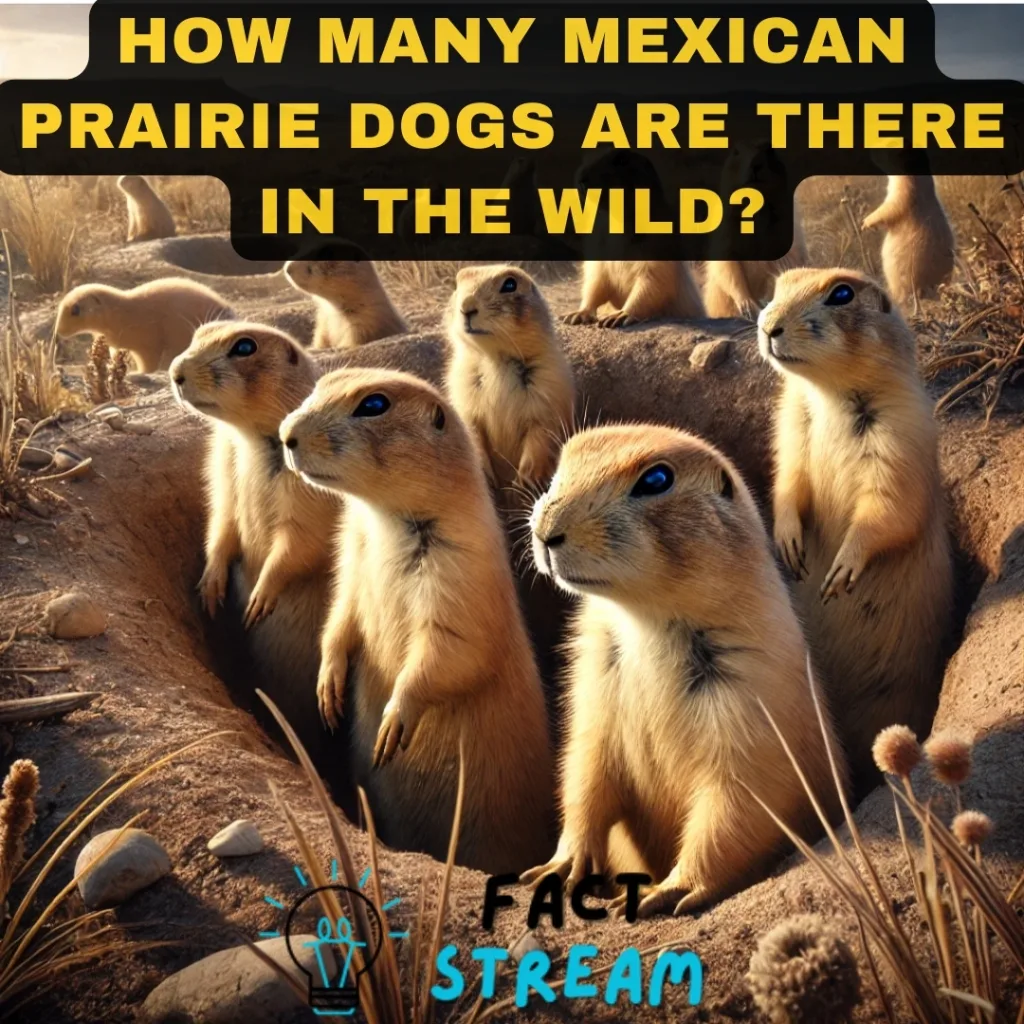How Many Mexican Prairie Dogs Are There in the Wild?
The Mexican prairie dog (Cynomys mexicanus) is a fascinating creature found exclusively in north-central Mexico. These highly social animals play a critical role in their ecosystem but face a grave threat: endangerment. One of the most pressing questions surrounding their conservation is: How many Mexican prairie dogs are there in the wild? Unfortunately, a definitive answer remains elusive.
While sources like the IUCN Red List classify the species as Endangered and highlight their declining numbers, a precise population count is unavailable. Various factors contribute to this difficulty, including:
- Subterranean Lifestyle: Mexican prairie dogs spend a considerable portion of their lives underground in complex burrow systems, making accurate counts challenging.
- Habitat Loss: Extensive habitat destruction and fragmentation have significantly reduced their historical range, further complicating population assessments.
- Limited Research: Although scientific interest in the species is growing, research on their population dynamics remains limited compared to other prairie dog species.
Understanding Population Trends
Despite the lack of an exact number, evidence strongly suggests a severe decline in Mexican prairie dog populations. Studies indicate an 85% reduction in their range over the past two decades and a 55% decline in the last five years. Several factors contribute to this troubling trend:
- Agricultural Expansion: Conversion of grasslands for agriculture and cattle ranching has destroyed vast swathes of prairie dog habitat.
- Poisoning: Historically, prairie dogs were viewed as agricultural pests and targeted with poisoning campaigns, decimating their numbers.
- Soil Erosion: Overgrazing by cattle can lead to soil erosion, which degrades prairie dog habitat and threatens their colonies.
Conservation Efforts and the Future
Recognizing the dire situation, the Mexican government has listed the Mexican prairie dog as an endangered species and implemented protective measures. Conservation organizations are also working to protect remaining habitat and promote sustainable land management practices.
Key conservation efforts include:
- Habitat Protection: Establishing protected areas and conservation easements to safeguard crucial prairie dog habitat.
- Sustainable Ranching: Encouraging ranchers to adopt practices that promote grassland health and coexist with prairie dogs.
- Public Education: Raising awareness about the importance of prairie dogs and the threats they face to foster support for conservation.
While the future of the Mexican prairie dog remains uncertain, ongoing conservation efforts offer a glimmer of hope. Addressing habitat loss, mitigating human-wildlife conflict, and conducting further research are critical steps toward ensuring the survival of this keystone species.


